
 Sirocco air classifier ... high-quality sand products.
Sirocco air classifier ... high-quality sand products.
SAND producers throughout the Middle East are taking advantage of new air classification technology introduced to the region by CDE Global. The Sirocco air classifier range was introduced to the Gulf in early 2009 to meet the demands of producers for sand production, offering efficient fines removal without the need for any water.
Excess fines within any sand product can compromise its quality and greatly limit the value and commercial potential of the material. Traditional dry screening processes are ineffective at removing these fines as substantial volumes of good quality material gets lost in the process.
“We have built our business by efficiently removing excess fines from sand to offer consistent in-spec commercially attractive products,” explains Iain Walker, one of two CDE sales managers for the Middle East. “We first brought our sand-washing technologies to the Gulf in 2004 and have enjoyed success in a number of countries including Qatar and Bahrain. However, the unique requirements of the Gulf market, including very dry feed materials and limited water resources, showed that a dry sand production system would be invaluable to many operators.”
The range of air classifiers offered by CDE bring an increased level of choice to sand producers in the region representing an excellent alternative where water-based systems such as the CDE EvoWash range cannot be applied.
“Prior to the introduction of the Sirocco unit, the choice available in the region was limited,” explains Walker. “Existing dry processing options often adopted a ‘one-size-fits-all’ approach and our experience over the last number of years has taught us that operators have a wide range of requirements in relation to feed type, capacity and required product specifications. Achieving the correct sand product specification is just as important to us as hitting the required capacity so we take nothing for granted. We begin each project with careful analysis of the raw material and talk directly with our clients to understand exactly what they want to achieve.”
The Sirocco system has been specified on a number of projects in Saudi Arabia and Oman to produce sand for use in concrete. In addition to this success, Walker predicts a number of further installations will come on stream before the end of this year. “Our Sirocco technology is proven over 70 years and over 3,000 installations throughout the world,” he says.
“Now that sand producers in the Middle East are able to see these benefits in their own market, we are confident that Sirocco will be established as the primary air classification system offering optimum efficiencies and maximum profitability for operators.”
A key factor in the successful introduction of the Sirocco system to the Gulf has been the range of capacities offered by CDE and its experience with a range of different feed types including natural and crushed sands. The Sirocco range covers requirements within a single unit from 50 tonnes per hour up to 800 tonnes per hour. This brings significant benefits to operators seeking to make sand production as cost effective as possible, explains Jason Kiddle, the second CDE sales manager for the region.
“Before we introduced Sirocco the options for those considering air classification were very limited. Most available designs centred around one model size, which was optimised for just one capacity. We felt this made an assumption about the requirements of operators in the Middle East that experience had taught us was not the case. Of the many plants we have completed in both washing and dry processing, the range of capacities and materials we have been working with has been very wide. These go from two 1,200-tonne-per-hour sand-washing projects in Qatar at the top end of the scale, right down to 50-tonne-per-hour projects.”
According to Kiddle, a single capacity unit is less than ideal for operators requiring production levels under 150 tonnes per hour as well as those requiring significantly higher production levels. For capacities under 100 tonnes per hour, some designs require the operator to purchase a unit with a much higher stated capacity. This essentially means that operators pay more than they need to for the system, which has a detrimental effect on the return on investment they can expect to achieve.
The problem is greater for those seeking larger capacities than offered by single capacity systems. For processing upwards of 200 tonnes per hour of material operators were previously required to purchase two separate systems. This required a significantly higher investment than when a single appropriately sized Sirocco unit is specified.
“Before we brought Sirocco to the Gulf, sand producers were faced with much higher capital investment costs than need be the case. Sirocco brings operators in the Gulf new potential to efficiently produce commercially attractive sand for a variety of applications,” says Kiddle. “Our ability to offer a range of units to cover virtually any capacity with a single machine, combined with our experience in processing many different materials ensures not just the highest sand quality but also the reliability and consistency that producers seek.”
Another key factor in the success enjoyed by CDE Global in the introduction of its Sirocco system has been its capability and experience in the delivery of turnkey projects. Such projects expand CDE’s scope beyond the core air classification equipment to include the necessary feeding and stockpiling systems which, according to Walker, ensures the efficient integration of all elements of the project.
“This involves the design and integration of feed hoppers and conveyors with the Sirocco unit as well as managing stockpiling of the final sand product and management of the fines through the introduction of our dust suppression system,” he says. “The result of this approach is that material transfers efficiently between every stage of processing to maximise production and minimise waste.”
Further details are available at CDE Global’s website www.cdeglobal.com.



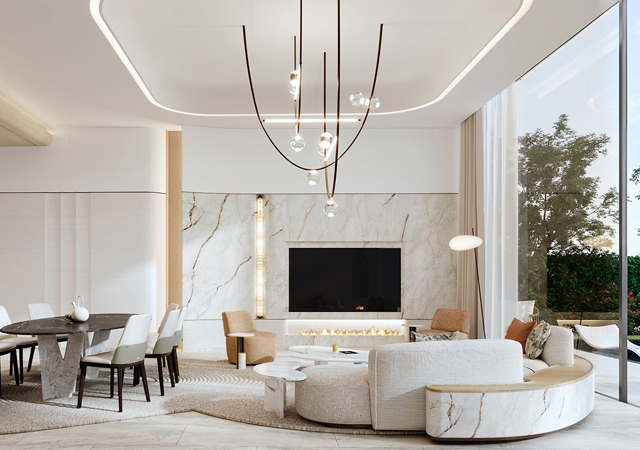


.jpg)


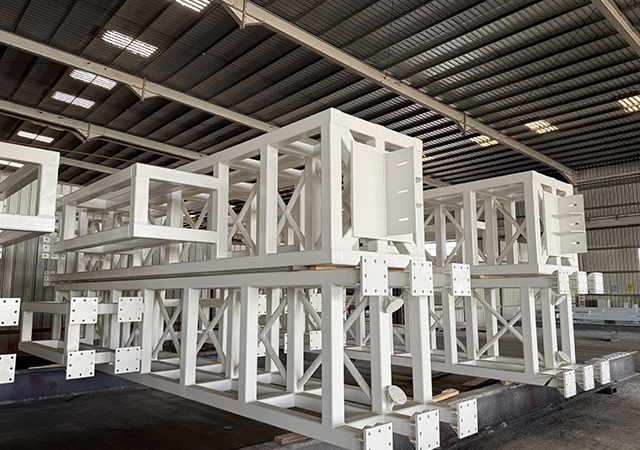
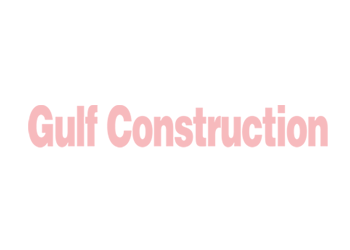
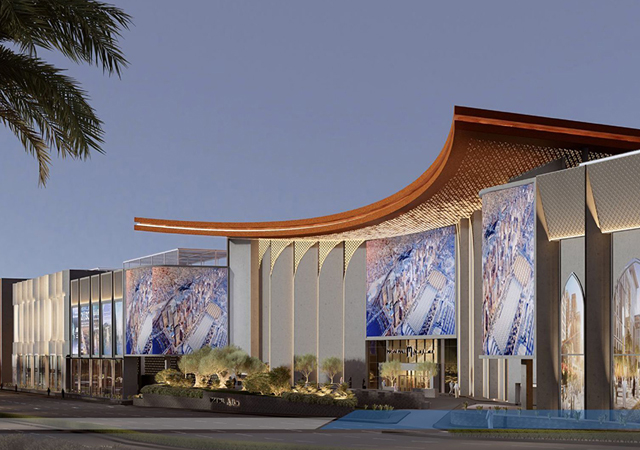
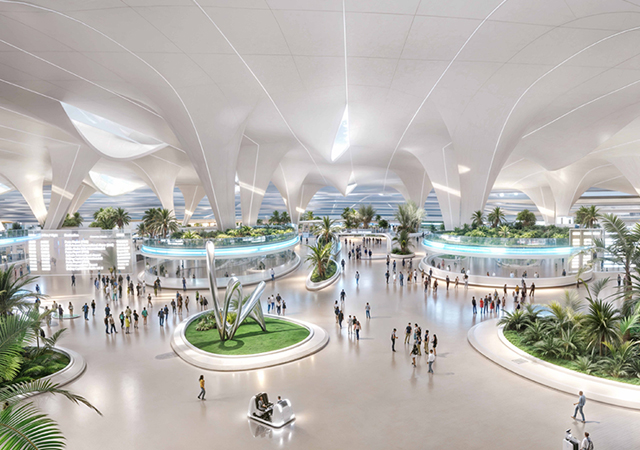
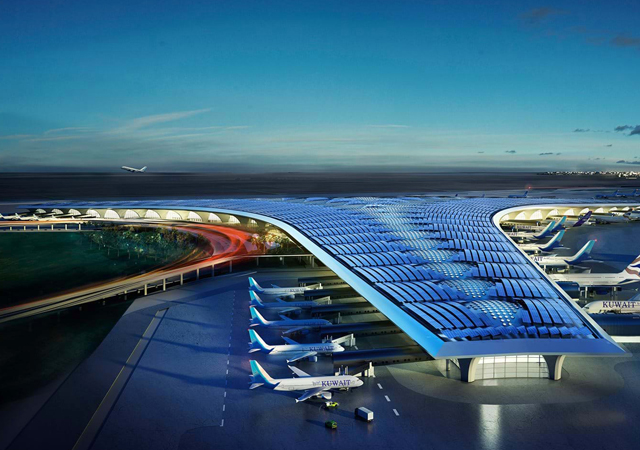
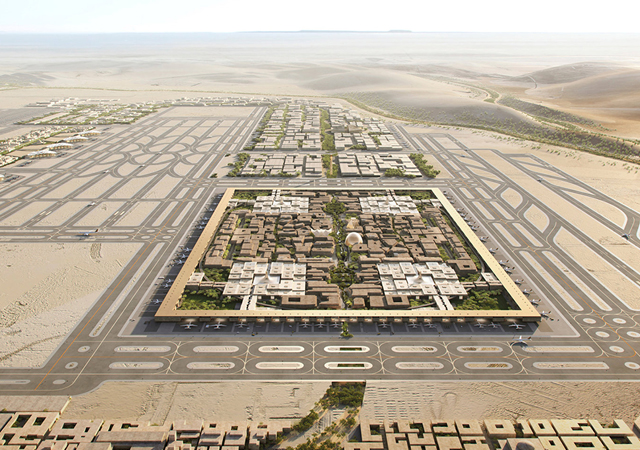
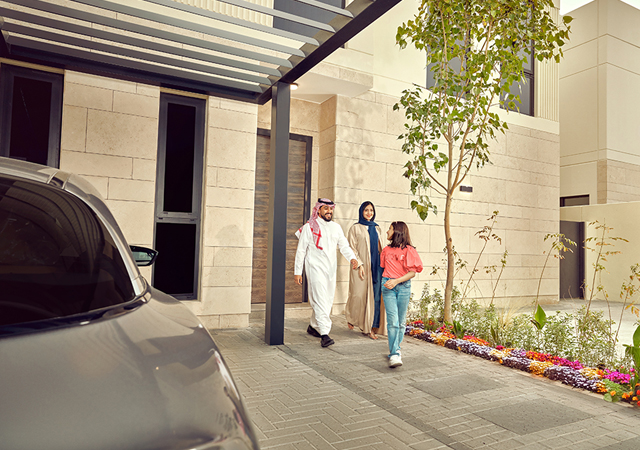
.jpg)

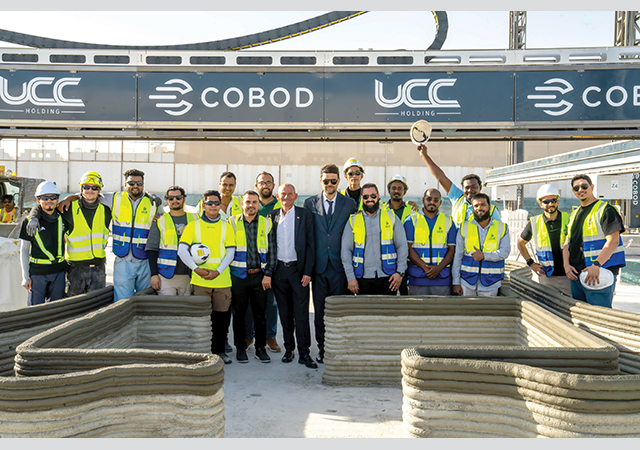
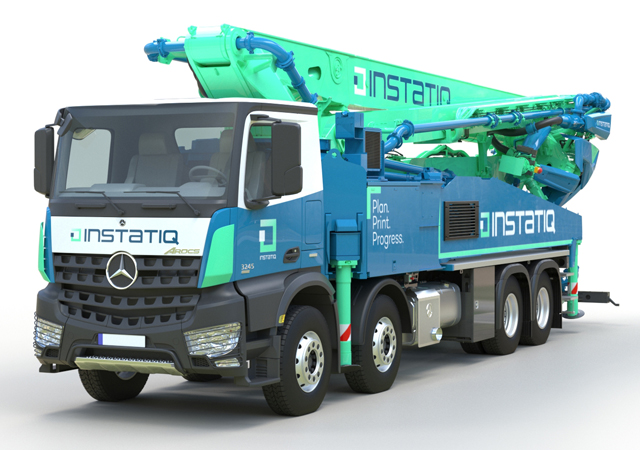
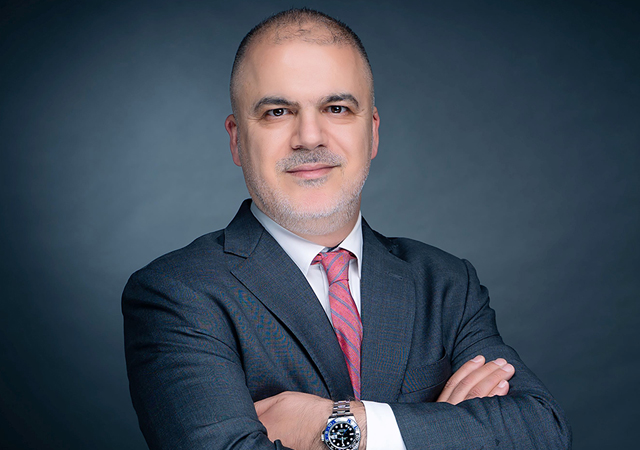

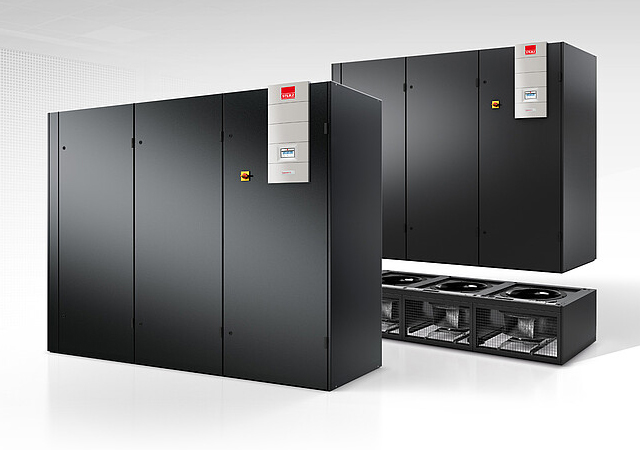
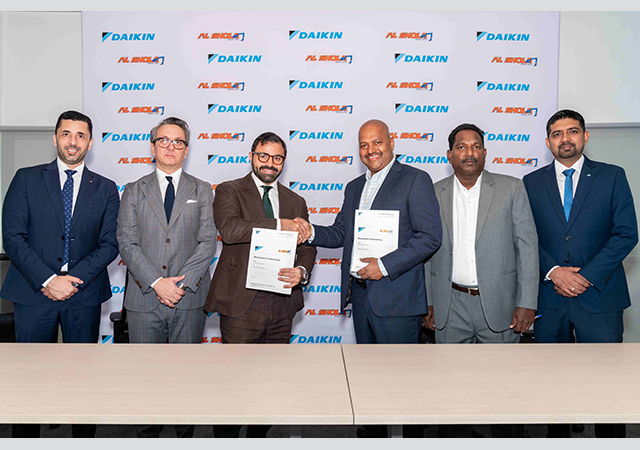
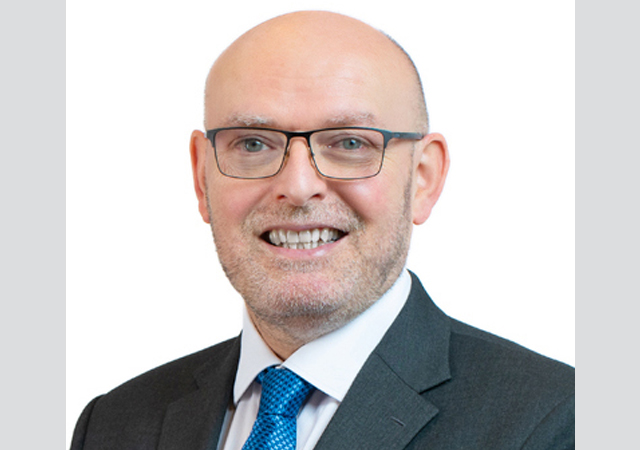
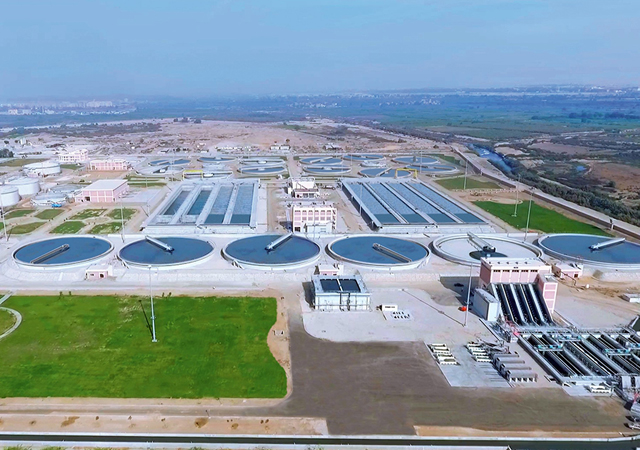

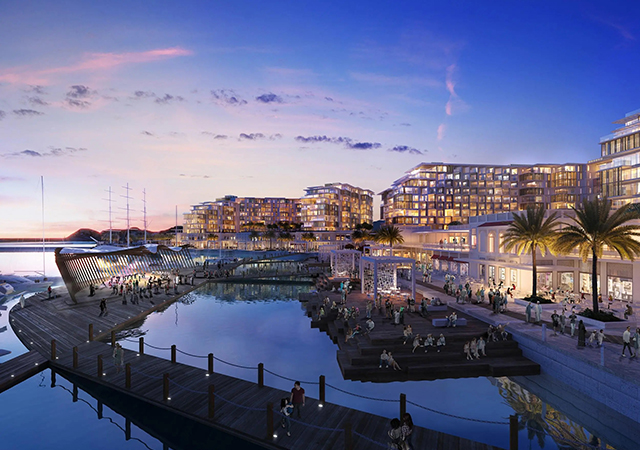
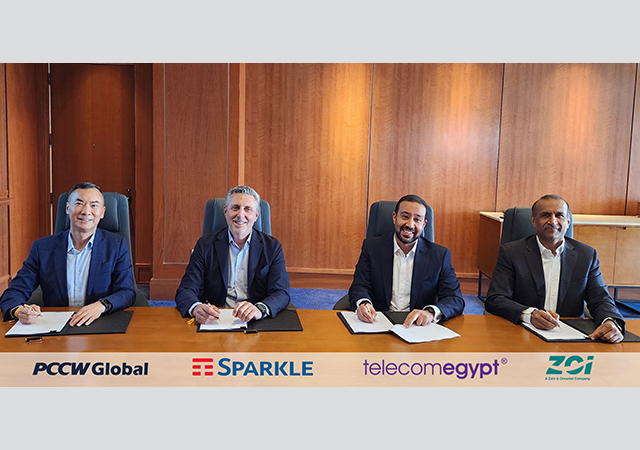
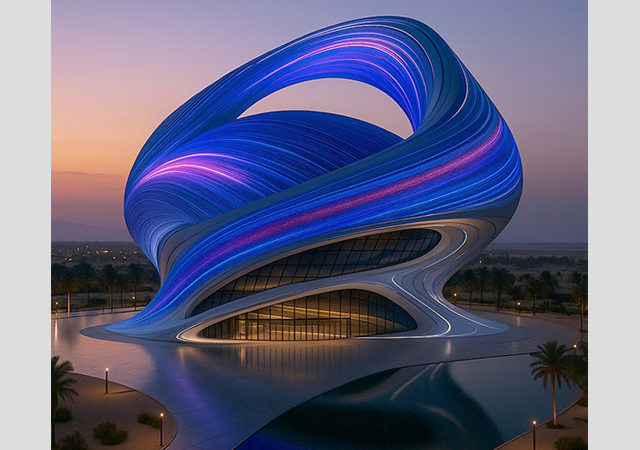

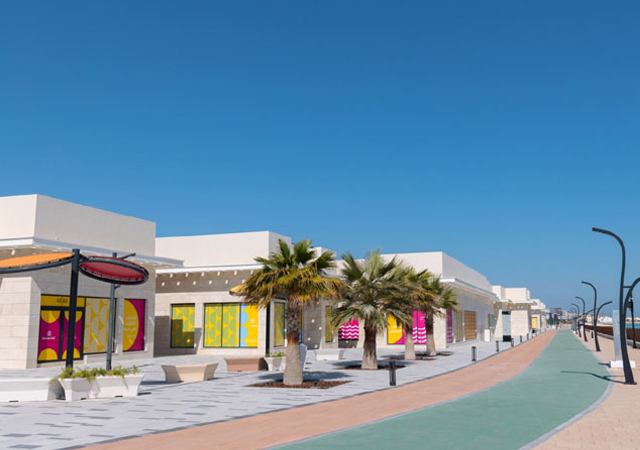
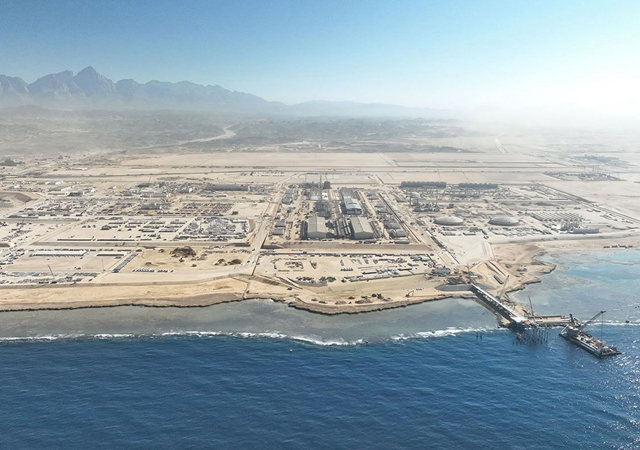
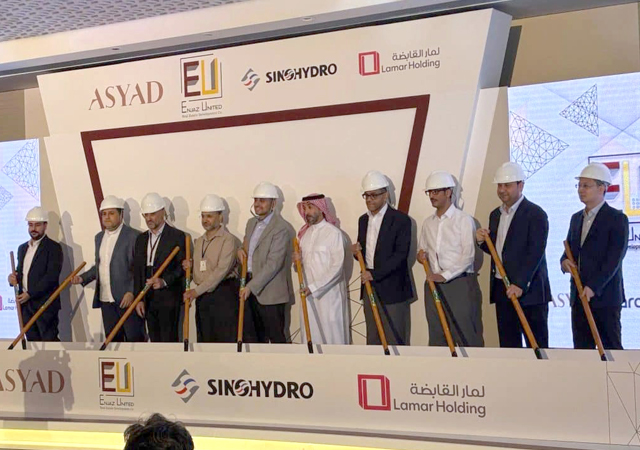

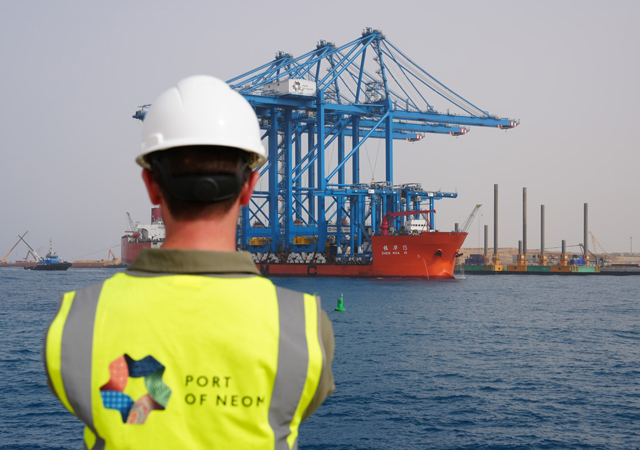
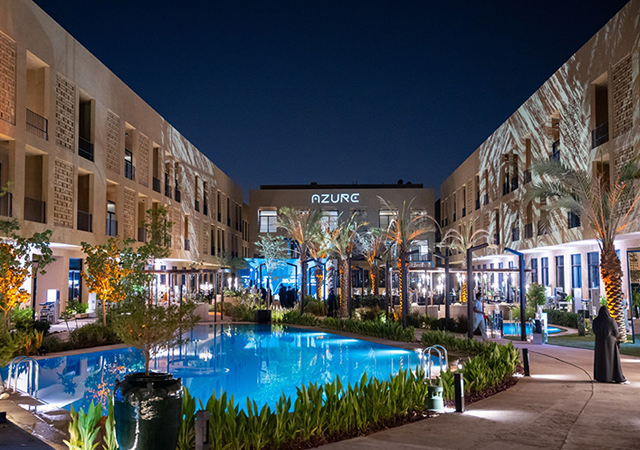
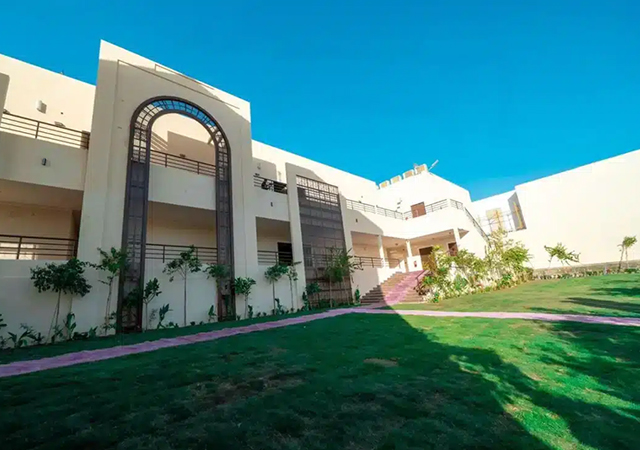

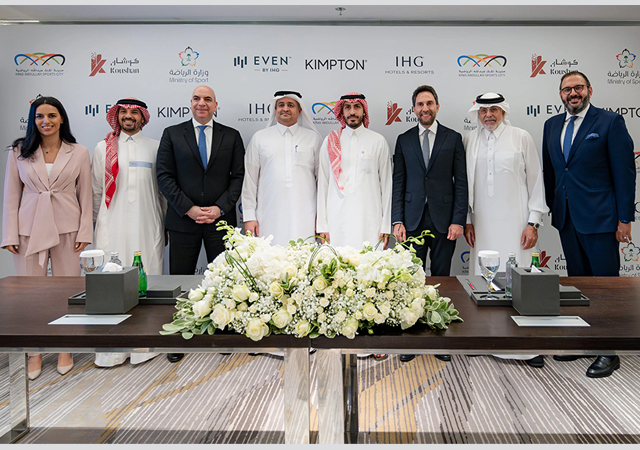

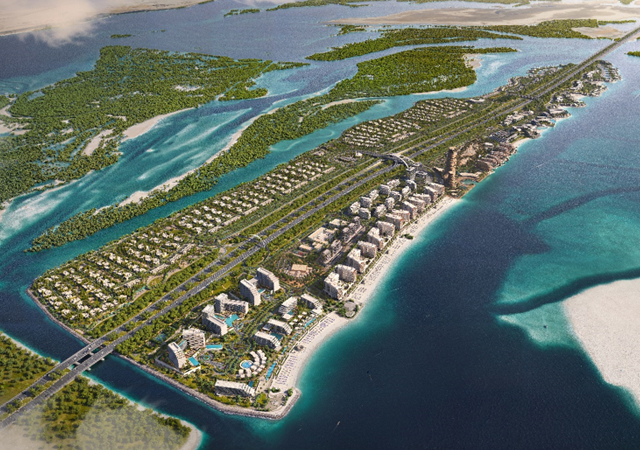

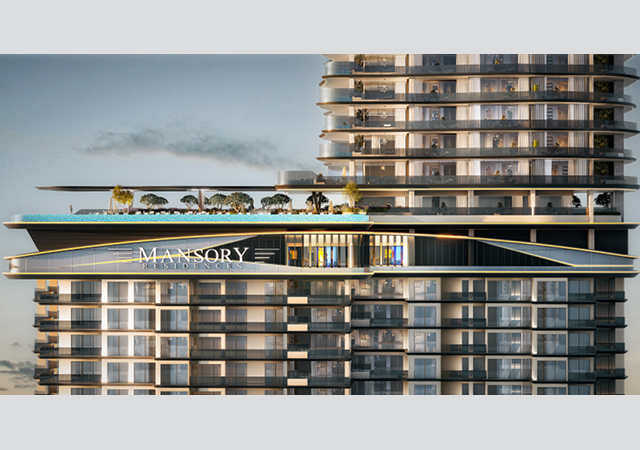



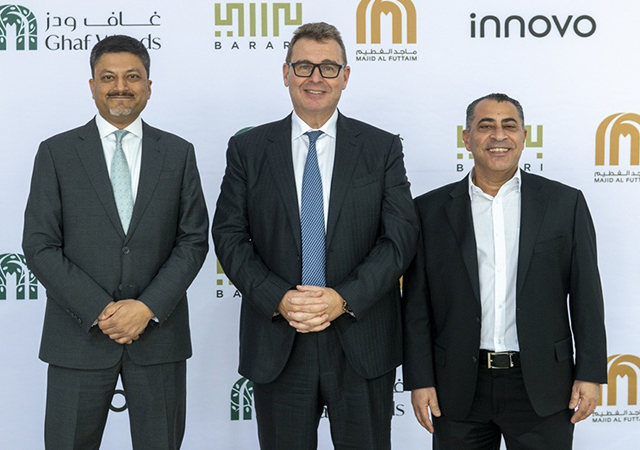

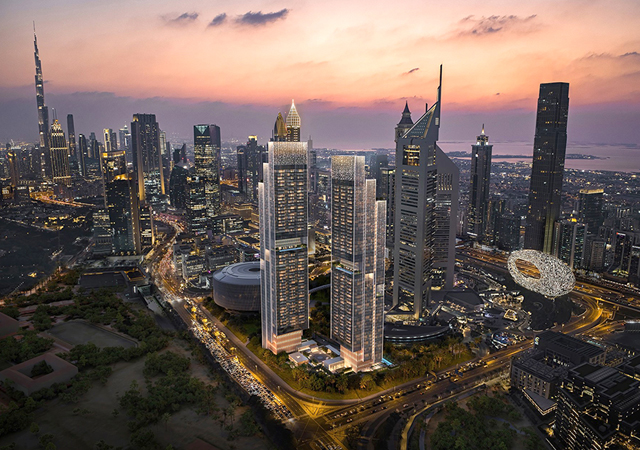
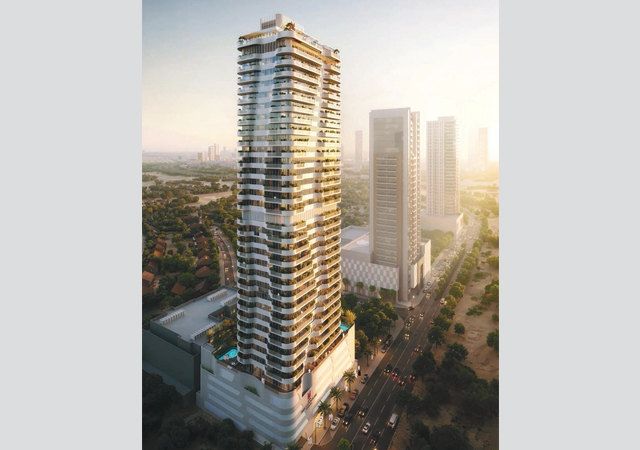


.jpg)





